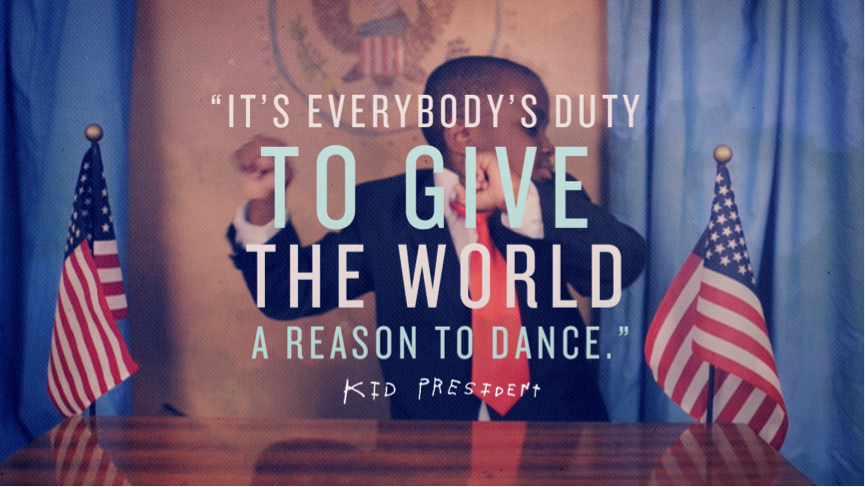Year level of focus: Year 4
Curriculum Areas: First contacts- Stories of the first fleet, including reasons for the journey, who travelled to Australia, and their experiences following arrival. (ACHHK079) (Year 4)
When the topic “History” is mentioned, you can hear the moans and the groans in the background of students who already have this negative stigma behind history. Cooper (2010) states “History is important in constructing a sense of belonging in time and space”. A statement that many students need to know and interpret, because it’s common for students to believe that history is a thing of the past and that it is irrelevant to the present time. Reynolds (2012) explains that history is a study of the past and that it provides knowledge, understanding and appreciation of previous events, people, practices and ideas. Teachers need to take students on a learning journey where they discover and learn just how interesting and useful history can be to them and provide them with the tools in which they can explore the past, present and future around them.
A little clip that in some way gets students motivated and keen to learn about history and make change is by a little boy named “Kid President”.
In this short little clip, Kid President gives so many references to historical figures, facts and events that gives students the opportunity to delve into a discussion about how they are teaching the world and what contributions they are making to history.
According to Taylor (2012) most teachers who teach history in Australian Primary schools are not history teachers, but teachers of history. So as teachers we may not be specifically history teachers, but we teach history everyday! For teachers to effectively teach history to students, teachers need to have strong pedagogical knowledge of the topic. The topic is based upon the learning outcome from ACARA (2014) Stories of the first fleet, including reasons for the journey, who travelled to Australia, and their experiences following arrival. (ACHHK079). Teachers need to have knowledge of Australian history, especially about James Cook and the First Fleet to be able to effectively teach students this topic in particular. Using short engaging clips is a great way to start off the integrated topic and get students to start thinking more deeply about the historical significance of the First Fleet.
One short engaging clip that can give students a little introduction into the unit topic “The First Fleet” is a fun and creative clip developed by Behind The News crew.
Two main areas students will be focusing on is “What is the first fleet?” and “ Who was infact involved in the First Fleet?”. Students will explore the late 1788 and look at what Britain and Australia looked like back then. Students will be given opportunities to explore and research what life was like back in 1788. This unit of work allows teachers to be able to go in many directions such as looking at british life and how prisons were over capacity and that it was one of the reasons the First Fleet was created. Teachers can also look at early Australian history and how Aboriginals had owned the land.
This short clip, shows the perspective of the aboriginals or as they were referred to in this clip the “First Australians” when the First Fleet landed in Sydney. It is a very interesting clip to engage students and to get students thinking about the landing of the First Fleet from a different perspective other than the british. This part if the unit links perfectly with the cross curricular priority “Indigenous perspectives”.
Students will be then given the opportunity to watch a clip about James Cook, the captain of the First Fleet. It give students a look at the perspective of the First Fleet.
Students can then be able to compare what Australia was like in 1788 to now. Is Australia the same? Is its different? How? Why? And What? Providing students with resources such as literature from the library, the internet and the knowledge that they were provided through online videos, they will be able to develop a deeper understanding or Australian history and Australias rich cultural heritage.

Every Australian student will learn about the First Fleet and the Australian history behind it. We need to remember that there are many different narratives to every historical story, so why not explore it! Make it interesting and engaging so that we can all make history something that most students want to study!
The more you know about the past, the better prepared you are for the future.- Theodore Roosevelt
References
- Australian Curriculum Assessment and Reporting Authority [ACARA], 2014.Humanities and Social Sciences; introduction. Retrieved from:http://www.australiancurriculum.edu.au/humanities-and-social-sciences/introduction
- Cooper, H. (2000). The Teaching of History in Primary Schools. London: David Fulton Publishers
- Gilbert, R. (2013). Assessment for student learning. In R. Gilbert & B. Hoepper (Eds.), Teaching humanities and social sciences: History, geography, economics and citizenship in the Australian curriculum (5th ed.). (pp. 96-114). South Melbourne, VIC: Cengage Learning
- Reynolds, R. (2009). Teaching studies of society & environment in the primary school. South Melbourne, VIC: Oxford University Press Australia and New Zealand.
- Taylor, T., Fahey, C., Kriewaldt, J., Boon, D. (2012) Place and Time-Exploration in Teaching Geography and History. Frenchs Forest;NSW; Pearson Australia.














